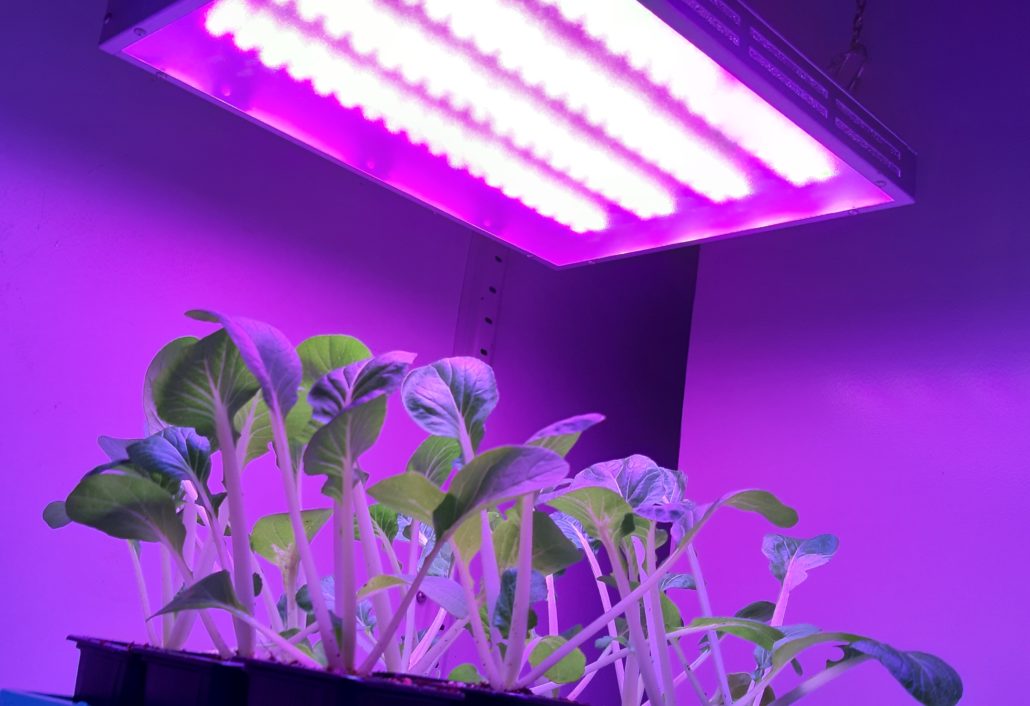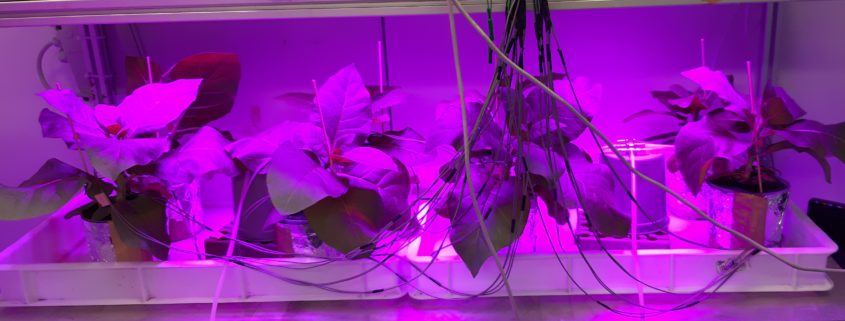SunDROPS: Self-DRiving hydrOPonic System
Develop automated hydroponic systems that use high frequency pulsing-light and intermittent/alternate nutrient supply to optimize resources and plant adaptation.
Today, reducing energy consumption and utilization of natural resources whilst maintaining high productivity is a necessary step to accomplish both sustainable agricultural and the supply of an increasingly worldwide food demand. For these reasons, improving precision and automation in horticulture farming are the main future challenges. In this context, the SunDROPs project focuses on the development of an automated hydroponic cultivation system driven by the plant “itself” able to optimize the request of light, water and nutrients. The aim is to develop an automated system able to detect the needs of the plants by the interpretation of the electrical signals generated by the plants under specific stresses. In particular, the overall project focuses on the development of automated hydroponic cultivation systems able to automatically manage the optimal request of light, water and nutrients.
During the project innovative light equipment have been build and tested for achieve specific purpose of interest for applied and basic research. Specifically light equipment (pulse width modulated-high brightness-light emitting diodes lights (PWM-HB-LEDs) able to pulse at high or low frequency in which each light color intensity is independently and automatically controlled have been built. These lights have been designed to be more suitable to study the plant growth and development or for dynamic photosynthesis studies. The PMW regulated light have been studied as well as the influence of specific color on the plant physiology. An innovative light control system have been developed able to remotely be controlled for customized light cycles.
Additionally, it has been investigated a methodology that permit to alternate different nutrient solutions in cycles that can be used to enhance tolerance or specific traits using a flood and flow hydroponic system. This method has been used to alternate different saline solutions in cycles to increase salt tolerance or modulate specific compounds content in lettuce.
Finally the electrical signals generated by plants subjected to different stresses were studied and the analysis of the physiological status of each plant has been used to correlate different stress intensities with specific electrical patterns. In particular, analysis of electric signal and its variance in plants subjected to different level of drought stress have been used for an automatic detection of the plant status and their potential applications for plant cultivation have been evaluated.
The project is funded by the European Union’s Horizon 2020 research and innovation programme under the Marie Sklodowska-Curie grant.
Project website: https://drcomparini.wixsite.com/sundrops










